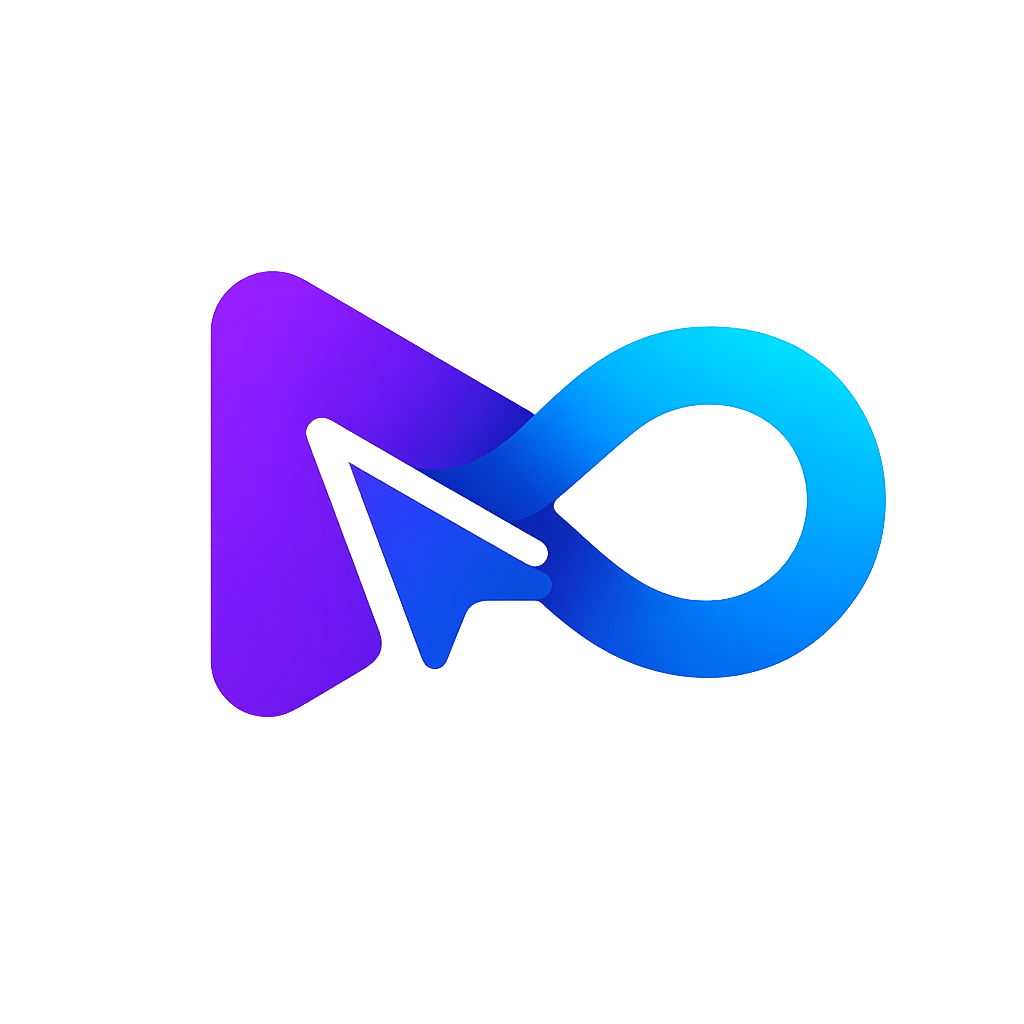AI QA Testing Tool

What is the main use case for QA.tech?
Traditional testing of websites using a combination of manual or automated testing is time consuming to set up and maintain. It can be resource-heavy and tends to slow down release cycles. With QA.tech you can test your website or web application using AI. Our AI scans your web app, creates a detailed memory of its structure, and generates tests based on user interactions and objectives. You can also add your own custom tests and edit tests. This speeds up the process significantly and frees up time for your dev team, allowing them to build new features and focus on coding, rather than testing.
Who is the target audience of qa.tech?
Developers, CTOs, Head of Engineering at companies with a website or web application.
Can a user use QA.tech for free?
Yes we offer a free plan where 3 free test runs are included.
What are the pricing options available for QA.tech?
QA.tech offers various pricing plans to fit different needs and budgets. While there is a free plan that includes 3 free test runs, users can upgrade to paid plans for more features and higher test run limits. Each plan is designed to offer scalability, whether you're a small startup or a large enterprise needing extensive testing capabilities. For detailed pricing information, it's best to visit the QA.tech pricing page.
How does QA.tech improve the testing process for B2B SaaS applications?
QA.tech revolutionizes the testing process for B2B SaaS applications by employing AI-driven end-to-end testing. This platform automates test creation and maintenance, making it resilient to changes in the application. Tests are generated swiftly, reducing the time needed to set up and execute them from hours to minutes. Through continuous real-time testing, QA.tech identifies 95% of bugs early in the development cycle, ultimately accelerating deployment speed and improving software quality.
How does QA.tech integrate with existing CI/CD pipelines?
QA.tech seamlessly integrates with existing CI/CD pipelines to enhance the software development process. By continuously testing web applications, it runs tests automatically as part of the CI/CD workflow. It ensures early detection of defects and provides actionable insights through detailed bug reports, which are integrated with popular ticket systems like Linear, Jira, or Clickup. This integration helps streamline the development pipeline and makes it easier for development teams to maintain high-quality software without disrupting their existing workflow.





























